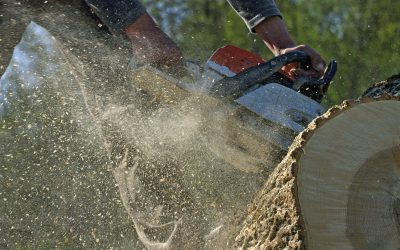Water is essential for life, but it can be incredibly devastating at the same time. Flooding, burst pipes and the like can cause serious damage to homes and businesses. This ranges from damaged walls, ceilings, floors and carpeting to the growth and spread of mold and other pathogens. If your home or business has experienced flooding or prolonged water leakage, then there are a few things you need to know about water damage cleanup.
Water Removal First
The first step in water damage cleanup is removal of the water. This can be a lengthy process, particularly if there is area-wide flooding that requires that you wait until floodwaters recede. However, water removal can also be problematic in other situations – there may be moisture present deep in the flooring material or walls that is invisible to the naked eye. The surface might have dried, but the interior may remain wet. Powerful water extraction units are needed to remove water from these areas, and infrared light can be used to identify areas that are still wet.
The Need for Sanitizing
Once the water has been removed, the real work begins. All areas that were inundated with water must be sanitized. This applies to situations in which piping might have burst, but is particularly true when it comes to area-wide flooding in which floodwaters enter the structure from outside. Sanitizing is not always possible – some materials may need to be replaced, rather than sanitized. For instance, floor coverings like carpet and vinyl may need to be removed and replaced (after the subfloor has been thoroughly dried). Shelving, clothing, window dressings, even air conditioning ductwork might need to be removed if it cannot be sanitized.
The reason for sanitizing is mold – it’s a silent threat that grows in wet, warm areas. It’s particularly problematic after flooding or other inundation events. Mold spores are everywhere, all the time. They just require the right environment to grow. Moisture left over after flooding can give mold the foothold it needs for growth.
After sanitizing takes place, the drying process begins. This usually involves the use of advanced drying units to remove as much moisture as possible from deep within the fibers of wood, and even the pores in concrete. Once dry, the next step is reconstruction – drywall will need to be rehung, flooring will need to be installed, cabinetry might need to be replaced, and more.
When it comes to water damage cleanup, turn to the professionals. Alpha Omega Disaster Restoration has years of experience dealing with water damage, mold remediation, sanitization and drying. You can also follow them on Twitter for more updates.


